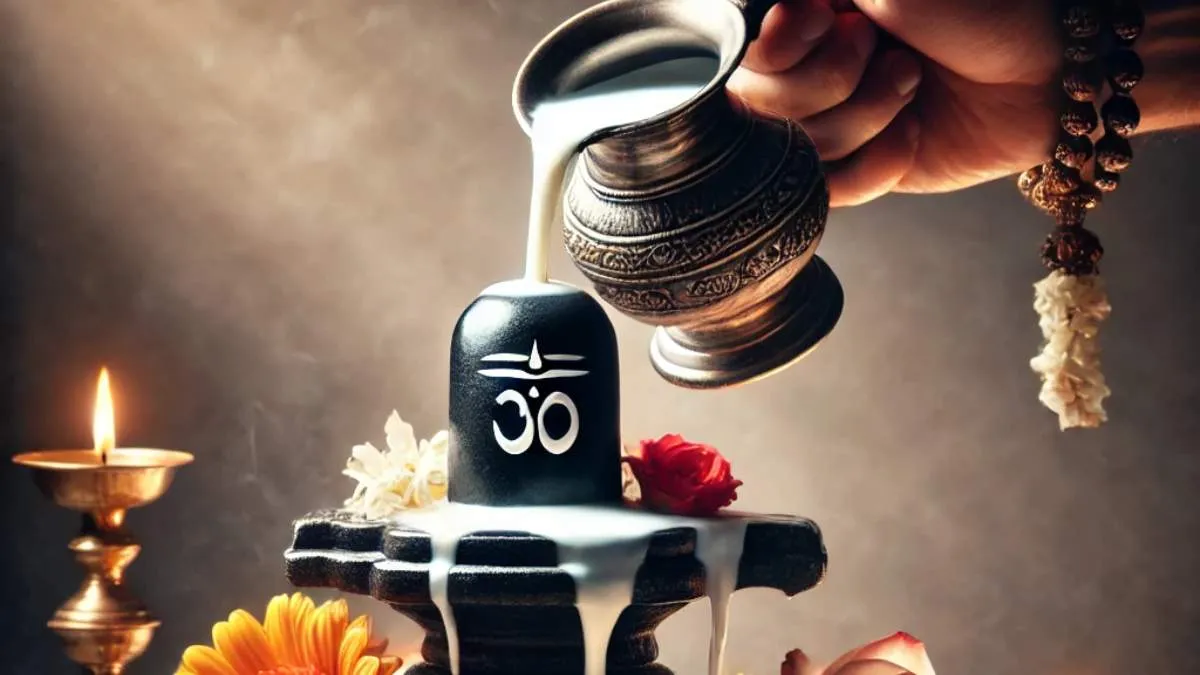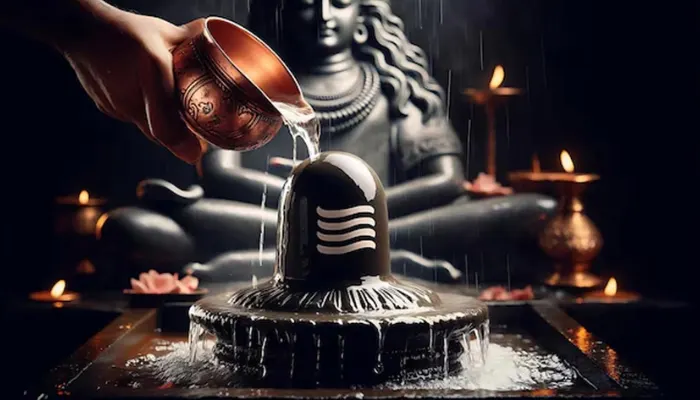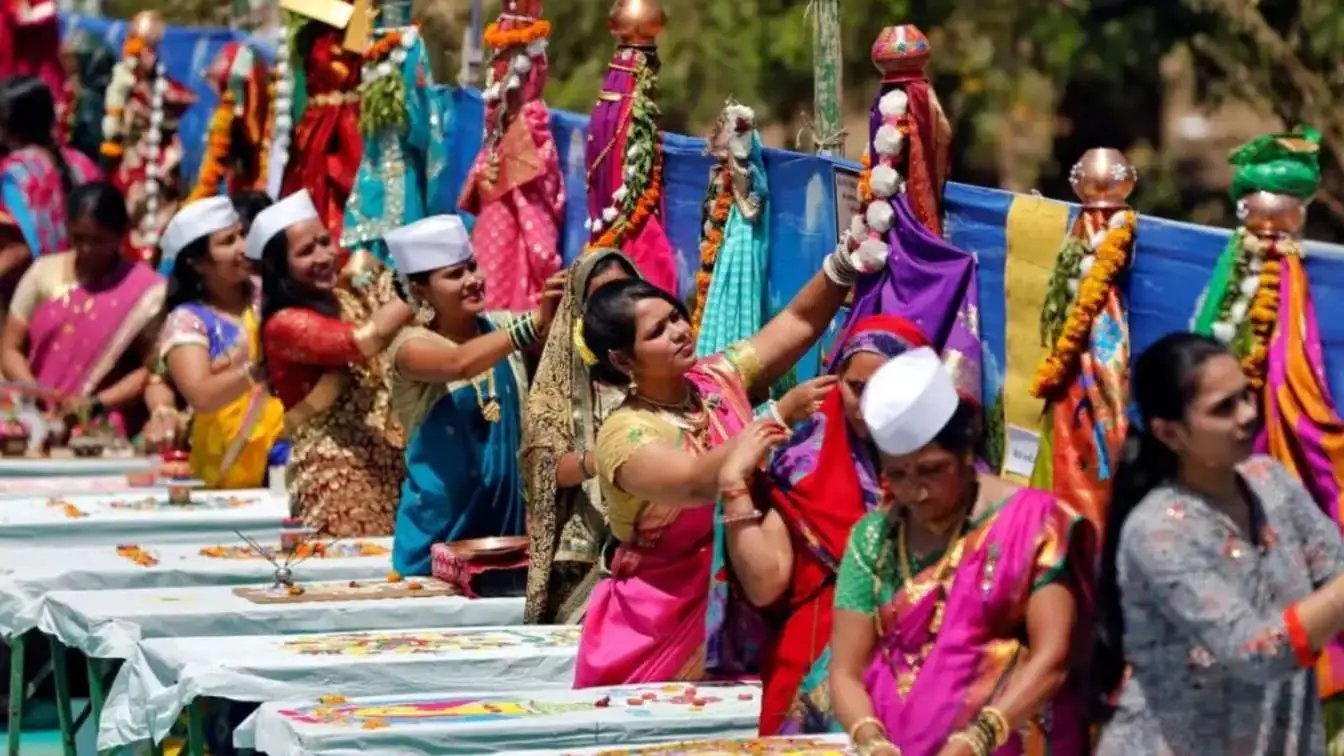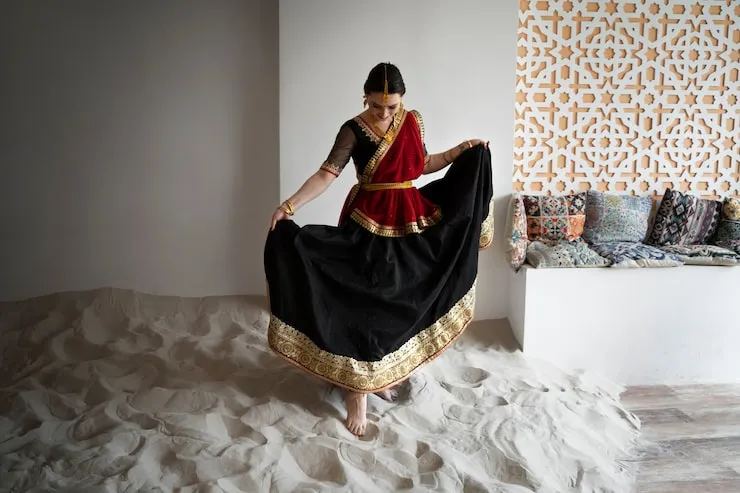Because on this one night, silence speaks. Shiva listens.Some nights just aren’t regular nights. They feel heavy. Like something’s in the air, but you can’t really say what. People stay awake. Not because there’s a party. Not even because they have to. But because... they feel like it.
That’s Maha Shivratri. It comes once a year — not with noise or drums or bright lights. But with silence. Stillness. In 2025, it’s gonna fall on February 26, and yeah — across India, especially in temples, folks will be sitting up straight, eyes closed or maybe open, doing, nothing Or everything, depending how you see it.
Shiva — The God You Can’t Fully Understand
Let’s start with Him. Shiva is not your usual deity. He doesn’t live in fancy palaces. He’s not always smiling. He doesn’t wear gold. He wears snakes, actually. And ash. And he lives on Mount Kailash, far away, probably meditating.
But he’s also the destroyer. And the healer. The dancer. The still one. It’s weird. And that’s what makes him so... relatable? Or maybe not relatable, just magnetic.
Read Also: Drape, Dazzle, Define: The Rich Dress Culture of Gujarat
But What Is Maha Shivratri Actually About?

Well, depends on who’s telling the story.
1. The Marriage
People say on this night, Shiva married Parvati. She prayed. She waited. She did penance for years. And finally, he accepted her. So, the night became a symbol of love, patience, and divine union. Some females fast in the hopes of finding a Shiva-like spouse.
Though, if we’re honest, he isn’t exactly easy. He’s quiet, distant, unpredictable — but he’s also kind and deeply loving.
2. The Poison Thing
Another tale — probably the more famous one — says during the Samudra Manthan (churning of the ocean), a terrible poison came out first. It was destroying everything. No one could handle it. Shiva stepped in, drank it, and held it in his throat.
He didn’t swallow. Just... kept it there. His throat turned blue. That’s why he’s called Neelkanth. So Shivratri is also about strength, sacrifice, and keeping the world together when it’s falling apart.
3. The Dance
And then there’s the Tandava — the cosmic dance. Shiva danced that night. Not a performance. It was something deeper. Creation, destruction, everything... all happening in rhythm. People believe Maha Shivratri is when that divine dance began. Or maybe when it still echoes.
Why Stay Awake All Night? What’s the Point?
Okay, so here’s the thing. It’s not just tradition. There’s a reason.
Spiritual folks say that on this specific night, the energy on Earth shifts. The moon's behavior and the tilt of the earth both correspond with our bodies. And if you sit up, meditate, stay awake — the energy rises up the spine.
That’s not just belief — even yogis mention it like science. So staying up all night isn’t about being religious. It’s about aligning yourself. Quietly. Internally.
The Rituals — But Not Just for Show
You’ll see people pouring milk, water, honey, even curd over the Shivling. That’s called abhishek. They chant. Light incense. Offer bel leaves. There’s something gentle in the way they do it.
It’s not about showing off. Or proving you’re pious. It’s more like... surrender.A time when you acknowledge that you are not an expert.. But you offer what you can.
Fasting
Lots of people fast. Some don’t eat anything. Others just avoid salt, grains, or spices. In Gujarat, especially, people get creative with vrat foods — sabudana vada, sweet potatoes, fruit, and milk-based sweets.
But again, the point isn’t punishment. It’s clarity. An empty stomach helps the mind stay alert. A lighter body helps sit still longer.
Gujarat’s Way of Doing Things
In Gujarat, it’s more than just temple visits. It’s community. In places like Somnath, Bhavnagar, or Ahmedabad, people gather. Not in chaos — but with calm. Some sing bhajans. Some light rows of diyas.
Others simply observe the Shivling while sitting silently.Kids might play around. Old women hum. Teenagers take photos and sometimes actually pray. It’s not about the perfect puja. It’s about being there. Together.
Around the Country... and Beyond
Every state does it a bit differently.
- In Tamil Nadu, temples host classical music and dance all night.
- In Kashmir, it’s called Herath — more of a home-based celebration.
- In Nepal, sadhus gather at Pashupatinath, light bonfires, and chant.
- In London, New York, Sydney, Indians abroad watch online aartis or join temple events.
But Why Does This Festival Still Matter?
Because the world is noisy. Fast. Too fast, sometimes. And Shiva? He’s the opposite. Silent. Slow. Still. Watching. Waiting.
Maha Shivratri reminds people that doing nothing has power too. That posting about your beliefs is not necessary. You can just sit. Just be.
In 2025, when everything is even more digital, more artificial — maybe this night will feel even more real.
Also Read: Mallu Culture in Kerala: A Rich Tapestry of Tradition, Modernity, and Identity
What If You’re Not “Religious”?
You don’t have to know Sanskrit. Or grow up in a temple. Shivratri doesn’t ask for perfection.
Here’s what you can do:
- Light a lamp.
- Sit alone for a while.
- Try skipping dinner.
- Listen to a Shiva bhajan.
- Close your eyes.
- Whisper “Om Namah Shivaya.”
Shiva Isn’t Looking for Devotees. Just Awareness.
Maha Shivratri is not really for Shiva. It’s for you. He doesn’t need your offerings. He doesn’t keep count.
But you? Maybe you need a pause. A break from the rush. A night to do less. To stop scrolling. To stop stressing. To stop trying to be more.
Just sit. Breathe. Look at the moon. Or the darkness. And know that even the quiet has meaning.













